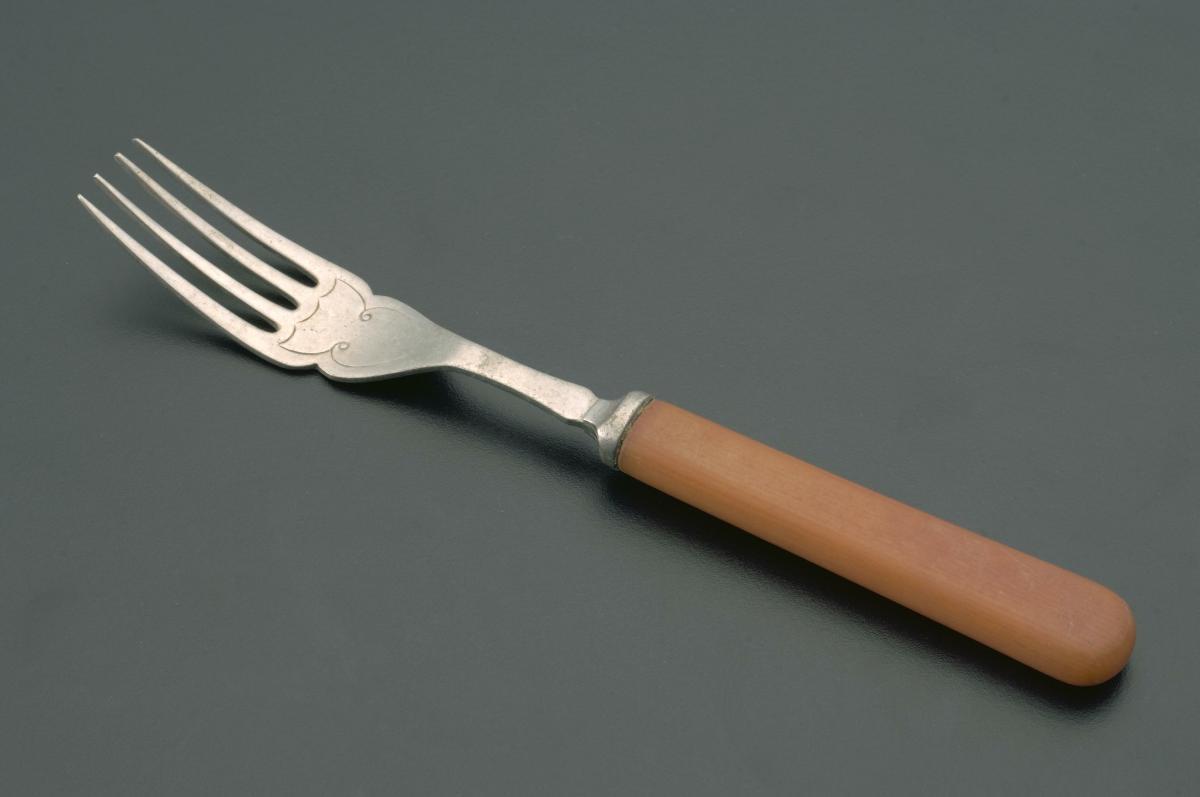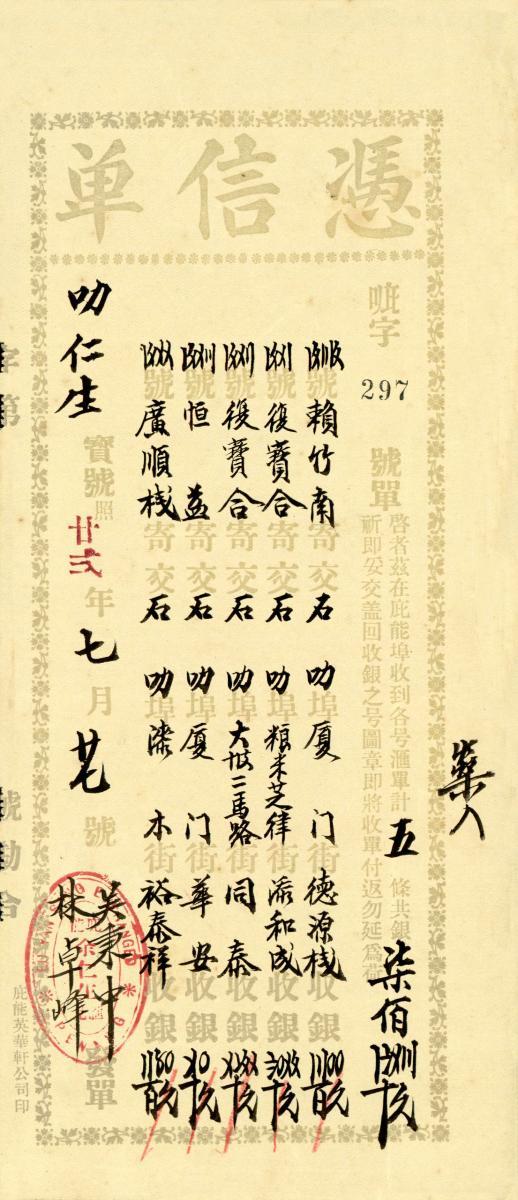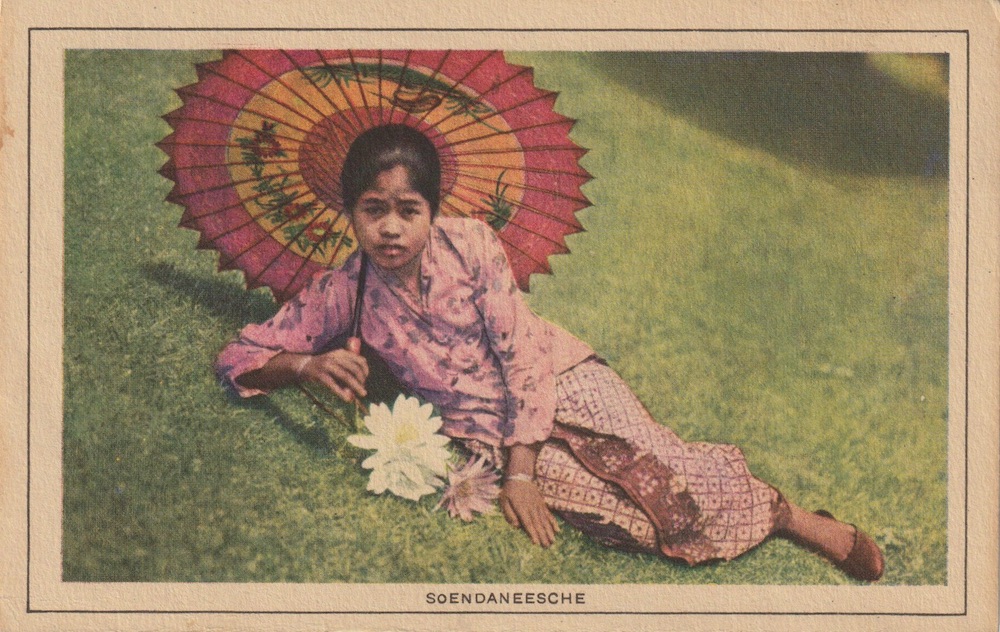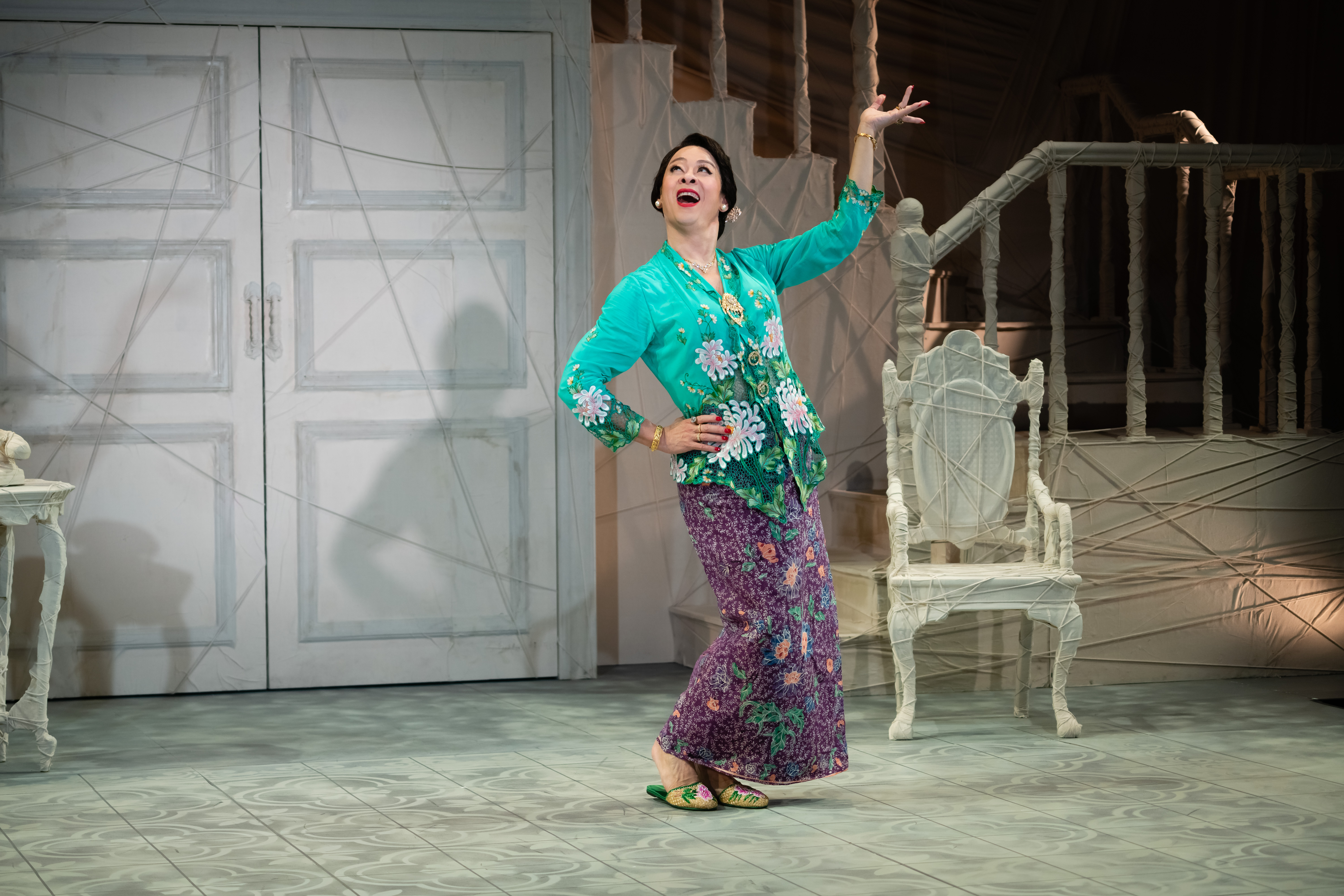Artists from Vietnam played an integral role in both the First Indochina War (1946-1954), where they fought for independence from French colonial rule, and the Second Indochina War (commonly known as the Vietnam War or the American War), which continued until 1975. Artists documented conditions for soldiers in the battlefields, as well as for civilians in the cities and the countryside. They also created propagandistic and sometimes romantic images to articulate and advocate ideological positions. In the Democratic Republic of Vietnam (DRV or North Vietnam), artists were employed by the military or the state; sometimes their works were created as personal mementoes, and sometimes they were exhibited or published during the wartime. Nguyễn Thanh Châu (1939-2012) studied oil painting at the Vietnam Fine Art College and was then sent to the National School of Fine Arts in Kiev from 1960 to 1964, where he specialised in watercolour. On this return in 1966, he joined the People's Army of Vietnam. His artworks show exceptional handling of the watercolour medium, often making scenes of day-to-day life in wartime conditions into highly poetic and colouristic compositions. This artwork depicts women sewing the flags of the communist National Liberation Front.This artwork is part of a significant collection of drawings, sketches, paintings, posters and photographs in Singapore’s National Collection. These works reflect the diversity of artistic production during the First and Second Indochina Wars among artists affiliated with the communist side of the conflict. Many key figures active as war artists during this period have also had a lasting impact on the development of modern art in Vietnam and beyond.


















